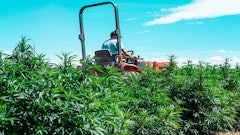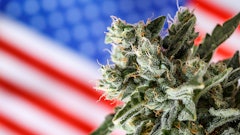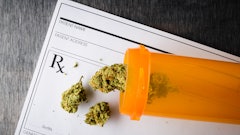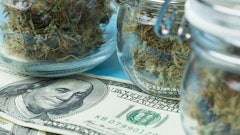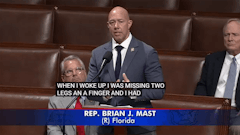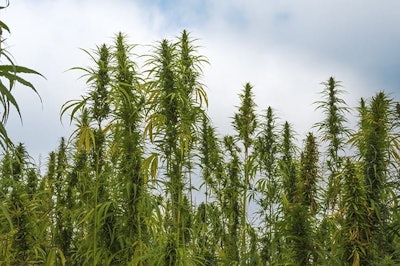
The Pennsylvania Department of Agriculture issued its version of industrial hemp regulations at the start of the year, following federal guidance and generally tightening the rules on what was a robust 2019 season in the state.
Now, prospective hemp growers may apply for a license in Pennsylvania for just $150 (down from $3,000 just two years ago), but the supply chain has been tightened in its own way. Where farmers grew about 4,000 acres of hemp in 2019, much of that supply is languishing in storage warehouses, victim to an early boom in hemp production.
Farmers sitting on biomass from 2019 harvests may have an even more difficult time working with licensed processors now; the new rules in Pennsylvania will include THCA content in the 0.3% THC threshold. This means that hemp growers will have an even more onerous hurdle to jump when selling harvested material into the market.
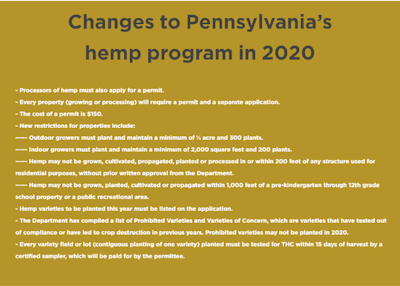 hemp rules pennsylvania
hemp rules pennsylvania
Geoff Whaling, president of the Pennsylvania Industrial Hemp Council, says that this tension between available hemp biomass and supply-side regulations is something that all farmers should take into consideration this year. So much of the nascent hemp industry remains in flux, with CBD extraction guiding much of the early demand, that a cautious approach may be warranted from those itching to get into the space.
“We know what the challenges are for us at both the National Hemp Association and the Pennsylvania Hemp Industry Council,” he tells Hemp Grower. “We know that the supply chain is today's issue, which has allowed for the proliferation of CBD—CBD as a small, horticultural crop rather than a farm and field crop. We've always delivered the message of ‘slow and steady.’ Let's figure out what's going to work. Let's find out what varietals are best in what regions—not only in Pennsylvania, but across the United States.”
Pennsylvania jump-started its industrial hemp pilot program in 2016, and the focus on research has been clear from the beginning. Whaling says that heedful farmers may do well to take into account the research that’s been done for years in Canada, where hemp was legalize in 1998. Health Canada, the country’s regulatory agency, has published a list of approved cultivars. Now, regional and climatic differences may come into play for farmers interested in importing certified seeds of particular cultivars from Canada, but it’s that certification process, Whaling says, that may give U.S. farmers a reliable sense of consistent THC-content testing over a five-year period—consistent results under the 0.3% threshold. “That is kind of the cautious approach to it while we make these fixes,” he says.
Even before hemp growers can get to that point of fulfilling contracts with processors or other vendors, they must test their hemp crops through a DEA-licensed lab. As of mid-January 2020, there are only 33 licensed labs working with the U.S. hemp industry. Only one of those, KVK Tech Inc., is located in Pennsylvania (though licensed hemp growers may transport their products across state lines and work with out-of-state labs).
Looking ahead, major narratives that alight on the horizon of the hemp industry include that 0.3% THC threshold, which varies across the international market. And Whaling also mentions the ongoing curiosity of how the U.S. Food and Drug Administration will rule on CBD regulations. Until there’s clear guidance from the federal government on how CBD fits into the big picture—as a food and beverage ingredient, as an active ingredient in pharmaceutical products, as something distinct from state-regulated adult-use cannabis markets—questions abound.
RELATED: International Hemp Industry Hopes to Change U.S.’s 0.3-Percent THC Limit
“Again,” Whaling says, “I remind people, we have been absent this crop for 85 years. All of this is not going to be perfect overnight. And we're all doing our best to focus on the most important issue, which is supply chain.”












